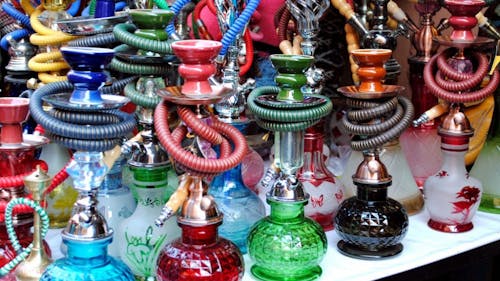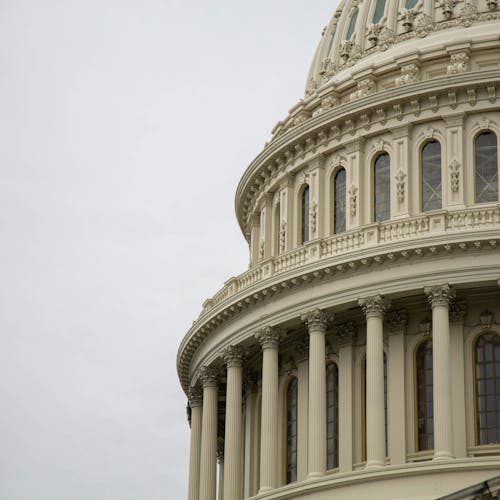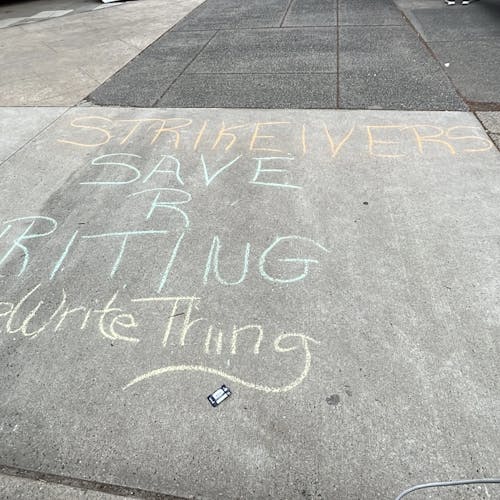Link between hookah smoke and carbon monoxide creates health concern

Hookah, the popular tobacco apparatus, is a silent killer, said Diane Calello, executive and medical director at the New Jersey Poison Control Center in a Rutgers Today article.
Calello said that the fumes from burning charcoal in a poorly-ventilated area are deathly and it is concerning that many young people partake in the activity.
Recent medical studies have shown that there has been an increasing trend of cases of carbon monoxide poisoning from hookah, with more than 100 cases reported nationally and internationally, according to the article.
The risk of carbon monoxide poisoning increases depending on the size of the space you are smoking in, the number of people smoking in that space and how well ventilated the space is, Calello said.
Although any type of tobacco, especially carbon monoxide infused products, is highly unhealthy, precautions can be taken to make smoking safer.
“... If someone chooses to use a hookah pipe it should only be done in large, well-ventilated areas. If you visit a hookah bar, inquire about carbon monoxide detectors. In your residence, make sure you have battery-operated carbon monoxide detectors on every level and near every sleeping area," Calello said. "Remember to check the batteries of both fire and carbon monoxide detectors when you change the clocks twice a year. Also, replace your detectors every five to seven years because the sensors can degrade.”
She said this is crucial because of the characteristics of carbon monoxide. Being a gas that a smoker cannot see, smell or taste, the silent killer slowly takes lives without making itself visibly present.
Calello said common symptoms of low-level poisoning include headaches, sleepiness, fatigue, confusion and irritability. At higher levels, nausea, vomiting, irregular heartbeat, impaired vision and coordination, brain damage and death can occur.
“Unfortunately, symptoms of carbon monoxide poisoning can easily be confused with symptoms of viral illnesses like the common cold or seasonal flu,” she said.
Calello urged people to get help immediately if they suspect they may have carbon monoxide poisoning by calling 911 or contacting the Poison Control Center.



